HSBC Premier Checking
A premium account with HSBC exclusive pricing and discounts, and great for traveling.
- Exclusive access to HSBC relationship rates and discounts.
- Share Premier status with family.
- 0% foreign transaction fee.
- Waivable monthly fee
HSBC Premier Checking
A premium account with HSBC exclusive pricing and discounts, and great for traveling.
Our team of experts have spent hundreds of hours researching and writing guides and reviews so you can compare banking products from the top brands in the market.
Find the best way to bank your money by learning all about online checking accounts, high-yield savings accounts, certificates of deposit and more while staying up-to-date on the latest banking news.



Compare high-interest savings accounts
Grow your savings with a high interest savings account. Compare the best high-yield accounts from top banks today and open an account that meets your needs.

Which financial account is right for you? Compare 5 options today.
Need to open an account to store your paychecks? Or do you need something to save for a rainy day?

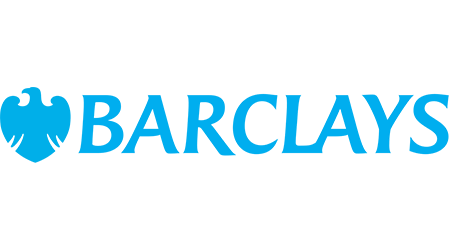



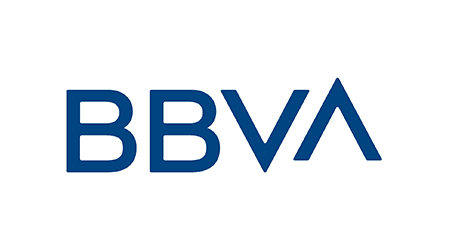
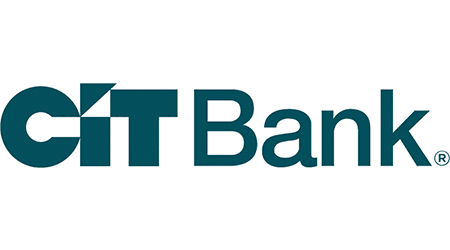


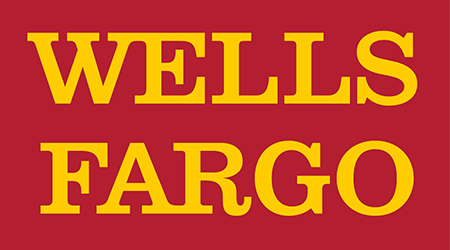






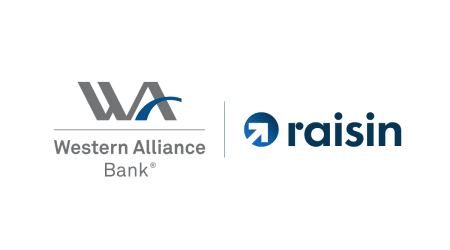
Western Alliance HYSA through Raisin
Enjoy 3.95% APY on all balances, $0 monthly fees, and $1 minimum deposit.










Greenlight
Greenlight is the prepaid debit card for kids that parents manage from their phones with flexible parental controls.




Robinhood
No-fee trading in stocks, ETFs and crypto on a beginner-friendly platform.